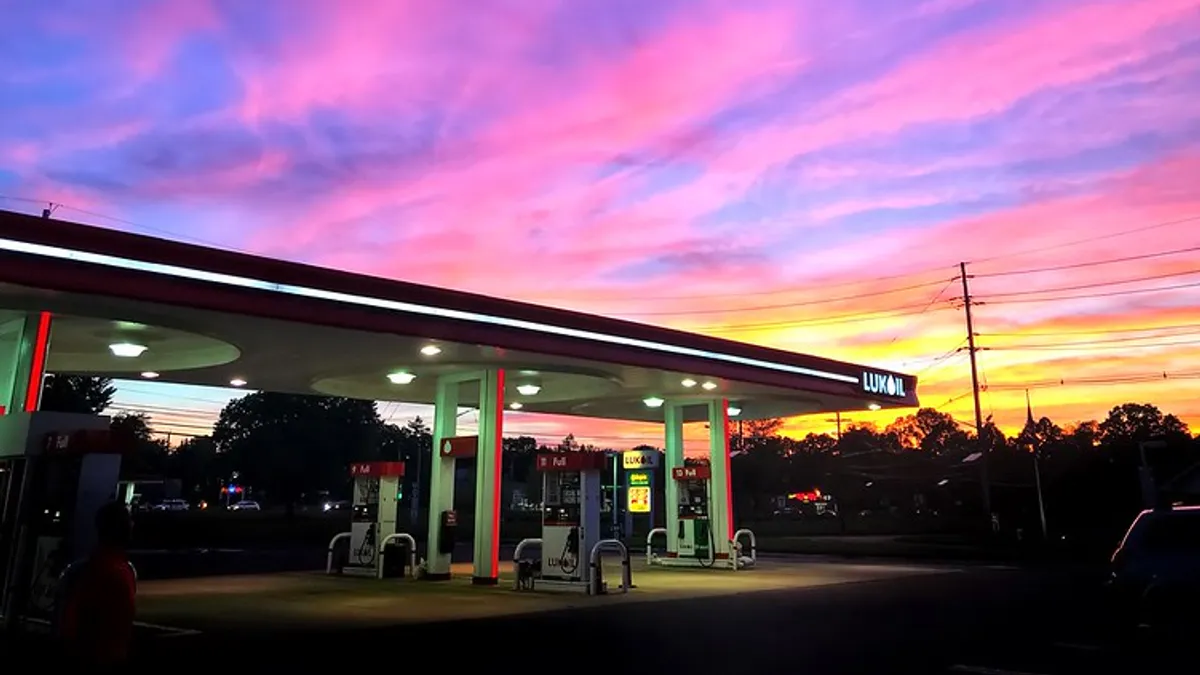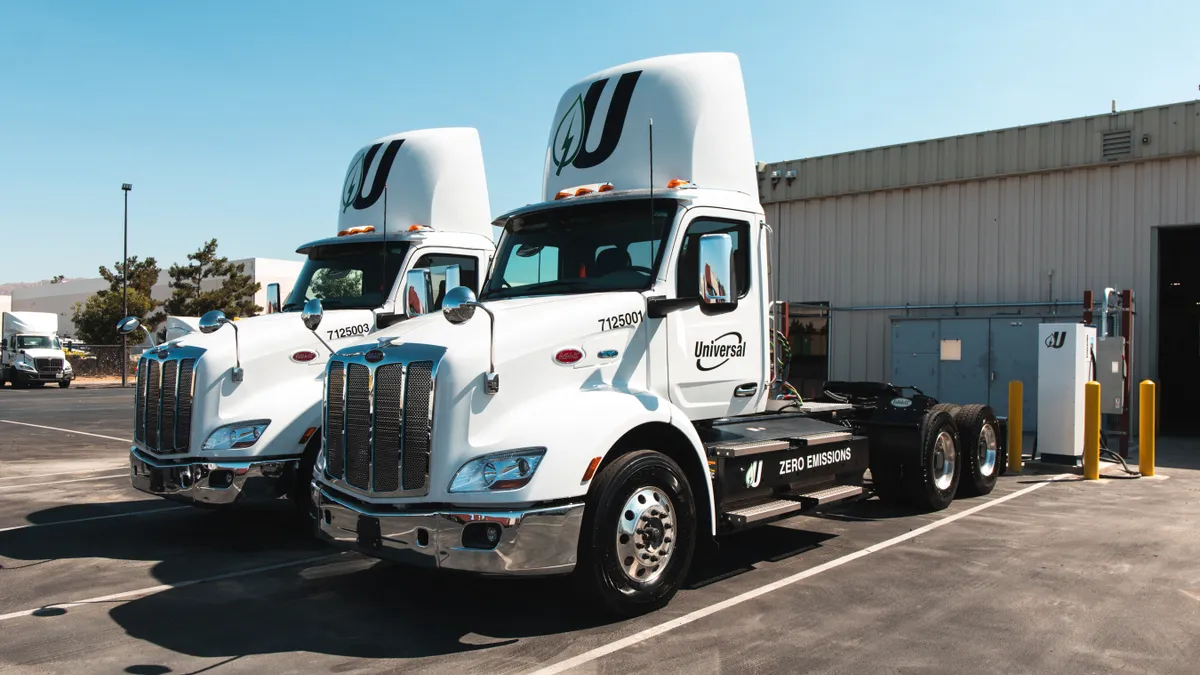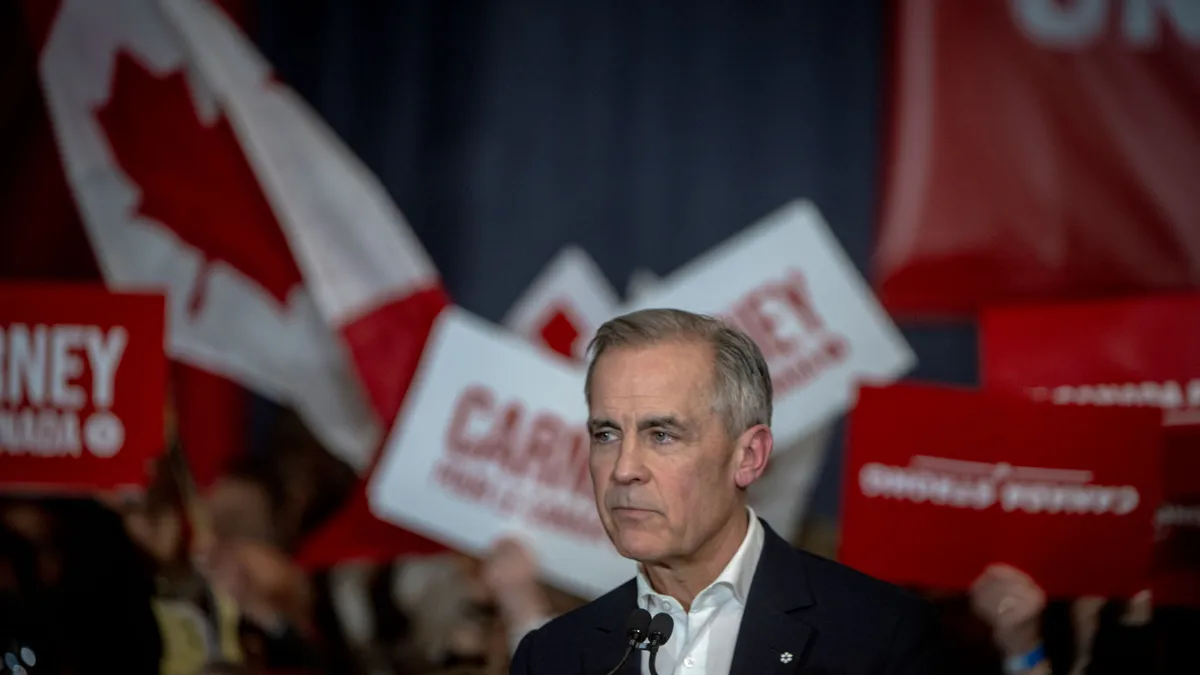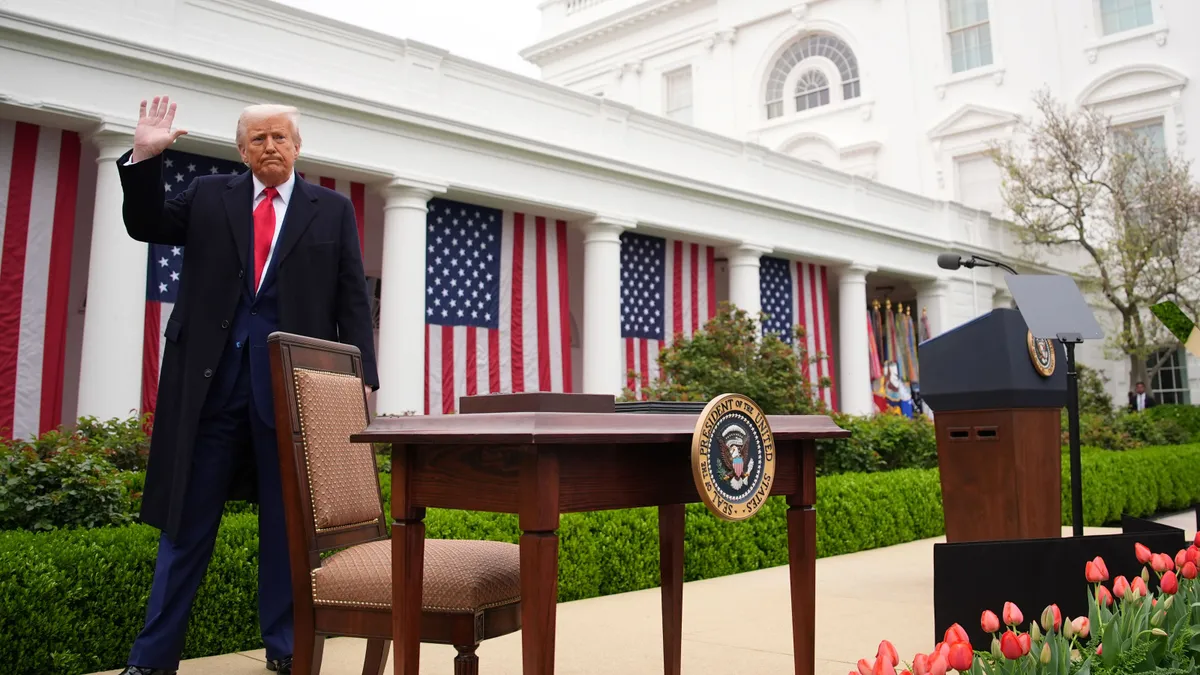After months of travel and work restrictions to support public health amid COVID-19, drivers may find their roads in less-than-ideal condition when they're able to get back behind the wheel.
The sharp dips in driving that accompanied early stages of lockdowns meant less gas tax revenue for state and local governments, exposing what many transportation agencies and lawmakers have feared for years: The gas tax is no longer adequate for America’s infrastructure funding.
Budgetary problems existed long before the pandemic, but new driving trends may accelerate conversations on what innovative approaches can replace it.
"It remains our message that the current model is not sustainable in the long term. The pandemic has just exacerbated those points,” said Susan Howard, program director for highway finance at the American Association of State and Highway Transportation Officials. "We all believe in a user-pay principle, where the amount you drive determines what you’re paying … but this has certainly highlighted some of the weaknesses with that approach."
Infrastructure funding woes
City and state governments are facing difficult decisions about how to address infrastructure amid budget shortfalls, with some looking to reduce maintenance or stall capital projects designed to improve road travel.
Maryland, for example, has proposed cutting $3 billion from its projected 6-year Consolidated Transportation Program budget, including delaying some $900 million in road projects and cutting some bus and train service.
Meanwhile, a report from the California Legislative Analyst’s Office predicts the state’s 2020-2021 revenues will be $1.2 billion lower than the original $12.8 billion prediction, largely affecting transit programs and the shared revenues for local streets and roads.
New Jersey even had to raise gas taxes by more than 9 cents per gallon this fall, part of a 2016 law that automatically requires a tax increase if the state is falling short of necessary revenue.
Nationally, the American Association of State Highway and Transportation Officials has forecast a deficit of $37 billion over the next five fiscal years for state departments of transportation, and it is asking Congress to fill the gap in a future COVID-19 relief bill.
Because states all have different revenue mixes and formulas for sharing funds with local governments, cities will see disparate impacts. Public transit agencies are seeing particular challenges: The American Public Transportation Association has said that six in 10 transit systems nationally will need to reduce service and furlough employees without federal help, and a National League of Cities survey in June found that 65% of cities were delaying or canceling capital expenditures and infrastructure projects.
Overall, transportation departments are now more likely to focus on the nuts and bolts of filling potholes and shoveling snow — in addition to regaining ridership — rather than more innovative, long-term work.
Empty streets lead to empty coffers
The most visible symbol of the early-pandemic lockdown was the rise in empty streets. Closed offices meant no commuters, shuttered downtowns lacked suburban traffic and travel restrictions halted casual trips around town.
In March, vehicle miles traveled dropped nearly 19% compared to March 2019, according to the Federal Highway Administration. In April, the YoY drop was nearly 40%. Driving has ticked up throughout the summer, and the cumulative drop is about 15% as of August.
Reduced driving means fewer people putting gas in their cars and, thus, lower tax revenues. Even as driving has recovered, receipts for the Highway Trust Fund remain roughly 10% below the previous year. More than 80% of the Fund comes from the gas tax, but it is also fed by taxes on tires and heavy vehicles. State departments have their own sources, including gas taxes above the federal level, but rely on funding from Washington.
VMT can often lag after economic downturns as people are slow to return to work or resume leisure travel. Federal data shows that VMT dipped in the 2008 recession and did not recover until 2015, and states are already facing years of potential losses by stalling or cutting long-term projects.
Pennsylvania withdrew advertising for bids on 19 projects and canceled seven other projects that had been unveiled, according to Alexis Campbell, a spokesperson for the Pennsylvania Department of Transportation. Up to $550 million in losses are forecast through the end of the state's fiscal year, Campbell said.
"Our funding challenges are not new, and COVID-19 underscores the fact that the gas tax is not sufficient to fund our highway and bridge needs," said Campbell. "We have made significant progress in improving our transportation system, but more investment is necessary to keep up with funding challenges, increasing costs and other funding impacts."
The VMT slowdown has also highlighted the importance of diversification. The Oregon Department of Transportation, for example, announced an estimated $170 million in revenue loss for 2020 and 2021, with a projection of $250 million in lost revenue through 2024 compared to an October 2019 forecast. The department’s fund comes from a mix of the state and federal gas tax, Department of Motor Vehicle fees and a tax on trucks based on mileage and weight.
That last source has stayed stable, helping the state avoid more red ink, said Travis Brouwer, the department's assistant director of revenue, finance and compliance.
"That tax on trucks is about 35% of our budget, much higher than other states that have a similar requirement," Brouwer said. "With our three-legged stool of revenue sources, having that makes it much more stable. Those other legs are a little wobbly right now."
Can Congress find a new path?
Despite the impacts of COVID-19, transportation funding has been on shaky ground for more than a decade. As cars become more fuel efficient and electric vehicles rise in popularity, the effectiveness of the federal gas tax has dwindled. Congress has been forced to cover shortfalls in the Highway Trust Fund with transfers from the Treasury since 2008. Congress has also has not raised the tax since 1993, and it is not indexed to inflation.
Even before the onset of the pandemic, the Congressional Budget Office projected that the federal Highway Trust Fund would be out of cash in 2021. Congress was poised to work on a long-term reauthorization bill for transportation programs this year, but legislators ultimately passed a one-year extension that sidestepped the funding debate.
Now that reauthorization debate will happen under the shadow of states cutting projects and scrambling for cash, which could put more pressure on Congress to look seriously at a replacement for a gas tax. The most commonly discussed idea is a VMT fee that would charge drivers based on mileage.
"The gas tax is a relatively consistent source, and that’s powerful, but it’s losing purchasing power as we move off of fossil fuels," said Adie Tomer, a Metropolitan Policy Program fellow at the Brookings Institution. "The VMT looks more like a utility fee, the way we pay for water or electricity. It sends a price signal to the user."
The American Trucking Associations supports the gas tax, and it cautions governments against implementing policies that would target the trucking industry as a source of more funding. The organization particularly opposes truck-only, VMT taxes.
Alternative proposals face technical hurdles in tracking and properly charging drivers, but a handful of states are piloting their own programs. Oregon, for example, has a voluntary VMT pilot that is seeing growth, though Brouwer did not have data on how it had been affected by the lockdowns. Meanwhile, Washington is actively exploring a road-user charge. A coalition of states along the I-95 corridor is also considering ways to implement their own user fee.
"This conversation on long-term funding needs to take place at all levels of government, as well as the private sector," said Brooks Rainwater, director of the National League of City's Center for City Solutions. "What we need to see is greater cooperation among all those levels to get where we need to go. Figuring out the best mix of funding mechanisms is something we should look at now that we’ve seen the consequences of relying on only a few."
Of course, VMT and congestion pricing schemes rely on normal driving habits, which may change coming out of the pandemic as more companies allow remote work.
In a recent Bloomberg Intelligence webinar, tax policy analyst Andrew Silverman noted that the next administration and Congress may need to think beyond taxes — which can disproportionately affect middle- and low-income drivers — to meet the country’s infrastructure needs. That could include bonds and public-private partnerships in combination with taxes and tolls.
There are even proposals to use a carbon tax to fund a transition away from single-car use. Twelve Northeastern and Mid-Atlantic states in the Transportation and Climate Initiative are exploring a cap-and-invest program to support funding on public transit, zero-emission vehicles, and biking and walking infrastructure.
As legislators resume work on a transportation bill, Howard said, they should consider the lessons of the pandemic and look to the more innovative states and cities to find a new funding strategy.
"A program so contingent on the purchase of gasoline can create challenges in forecasting when something like this happens," Howard said. "Long-range forecasting assumes a certain level of sustained use and things are changing in the long term. This whole situation has continued to shed a light on how we haven’t modernized."





















